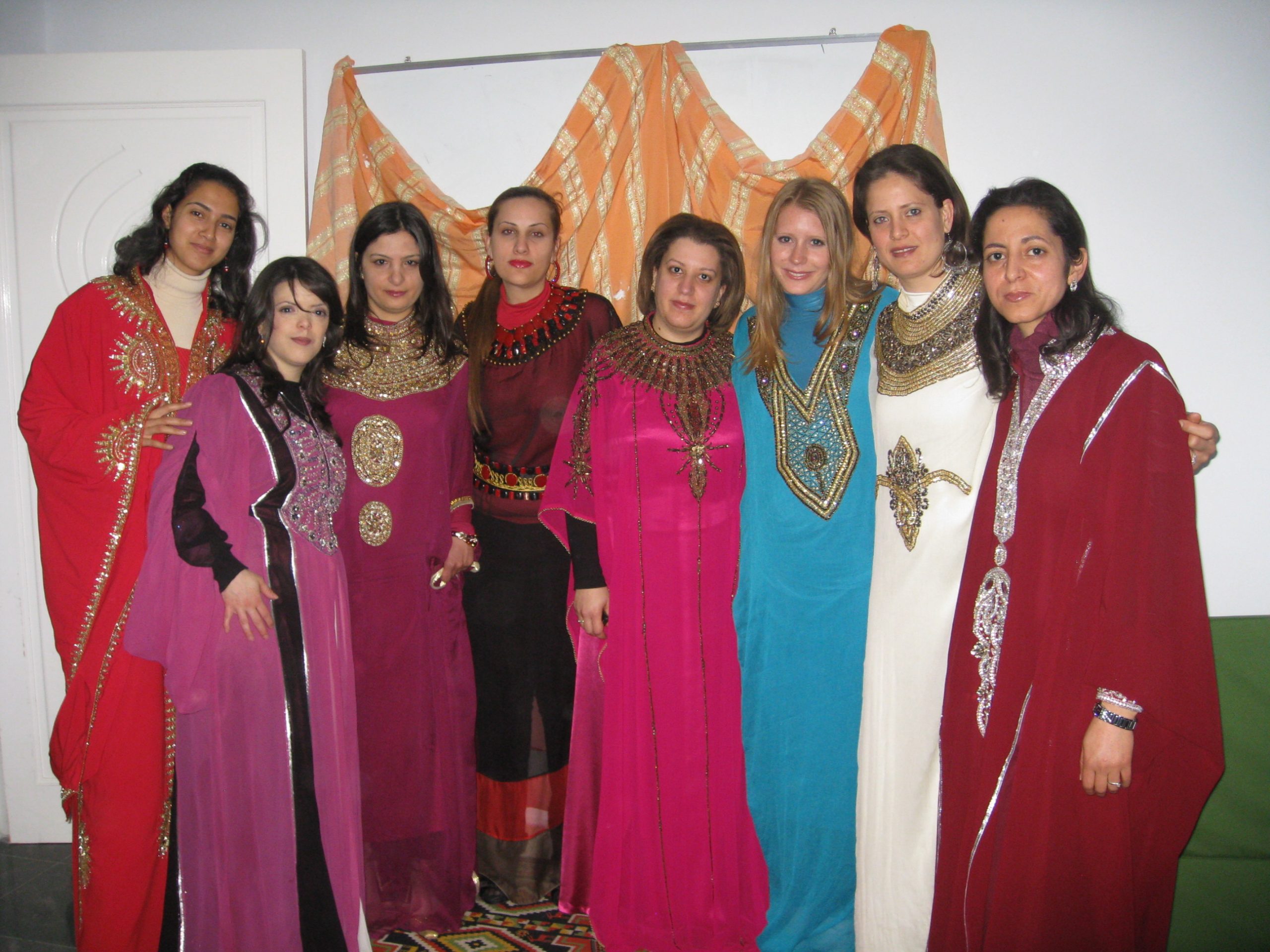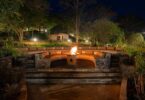Unlike some African countries where traditional garbs have been consigned to oblivion, Tunisia takes pride in its heritage. Traditional but modern designs are still a force in Tunis.
Tunisian wear among the locals – both male and female – maintains a sense of national identity. They are mostly worn during traditional ceremonies such as weddings, circumcision, and religious events.
Table of Contents
Jebba

The Jebba outfit [Photo by www.pinterest.jp]
Barnous
This wear has a special appeal among the old folks. Tunisian President, in particular, is a fan of Barnous. It is mostly worn during the winter for its long, hooded and woollen coat with no sleeves. It is considered a prestigious garment. It can also cover the Jebba.
Blouza and Fouta

Habit traditionnel tunisien (fouta et blouza) [Photo by Pinterest]
Sefsari
It is a Tunisian long scarf for women made from white or yellow silk usually covering their bodies from head to toe. It is preferred by some out of town older women but not appealing for the young women.
Kontra and Balgha

[Photo by Reading Public Museum]
More about African fashion:
5 fashion designers in Durban, South Africa
Namibia unique Dress: Interesting facts about Namibia’s Herero dress
#SeeAfricaToday








